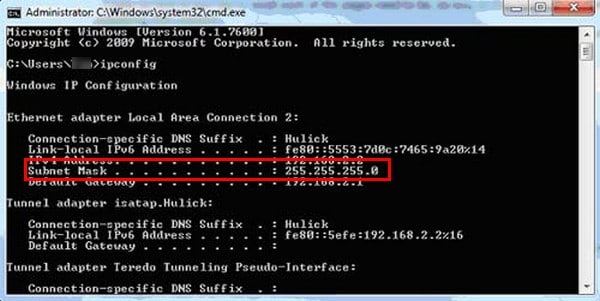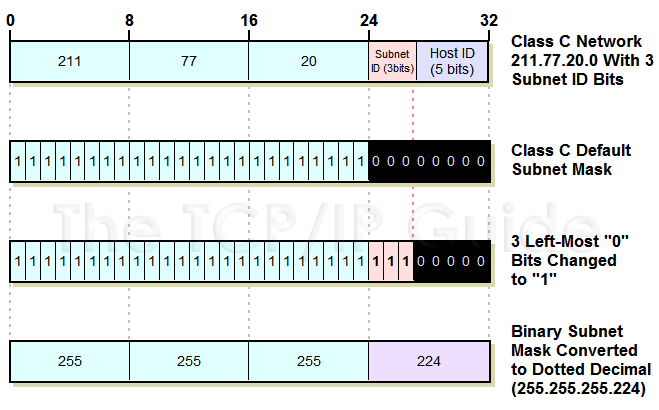

When a device sees the network and host bits of another device's IP address, it can figure out if the other device is part of the same network (home, business, etc.), or is somewhere else online An IP address and subnet mask. Subnet masks break an IP address up into network bits and host bits. In other words, up to 254 computers, phones, and other internet connected devices can connect to your router/network and access the internet. This subnet mask allows up to 254 usable IP addresses within the home network. By adjusting the subnet mask, you can set the number of available IP addresses within a network.įor example, a common subnet mask for simple home networks is 255.255.255.0. This is the default subnet mask used by Class B networks and provides up to 65,536 IP addresses (256 x 256). Large networks with several thousand machines may use a subnet mask of 255.255.0.0. A single subnet mask limits the number of valid IPs for a. However, an office network may be configured with a different subnet mask such as 255.255.255.192, which limits the number of IP addresses to 64.

Subnet masks are used when subnetting, which is when you break a network up into smaller networks. A subnet mask is a number that defines a range of IP addresses available within a network. A subnet mask is a number that distinguishes the network address and the host address within an IP address. It also separates an IP address into two parts: network bits and host bits. 1 October 2021 Ignas Anfalovas What's the difference between a subnet and a subnet mask What is subnetting and how can it help you Discover answers to these and many other questions in this article. A subnet mask defines the range of IP addresses that can be used within a network or subnet.


 0 kommentar(er)
0 kommentar(er)
